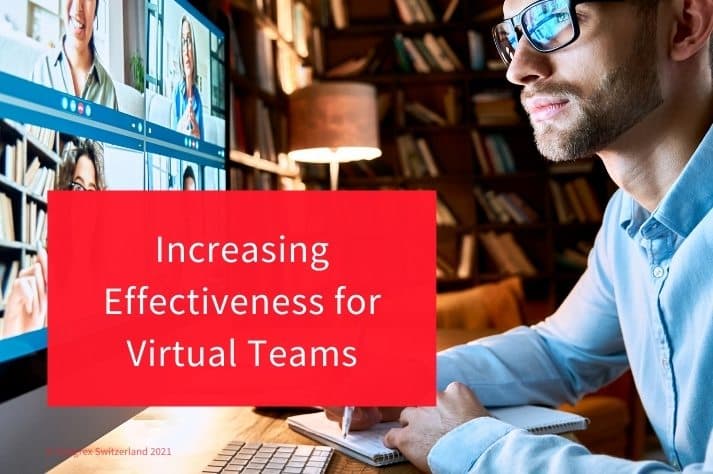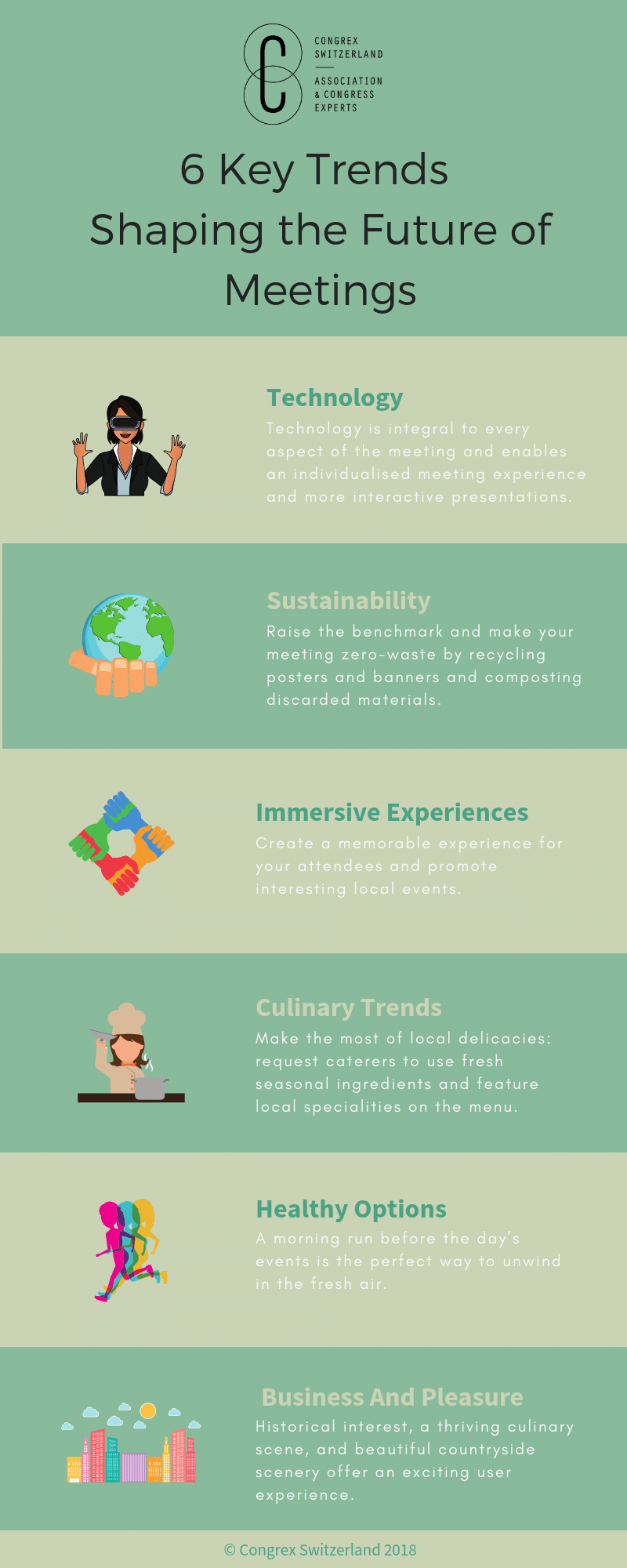In our rapidly changing world, the ability to harness the power of virtual teams is what makes or breaks an organisation. Tremendous advances in communication technologies occur every day, more recently spurred on by global health and supply chain crises. But with or without the pandemic, technological evolution stops for no one. So, come what may, remote workers and virtual teams are here to stay.
It is imperative for organisations to become more dynamic, get on board with the changing workforce and business landscape, and evolve alongside them. But because remote teams consist of members scattered across the globe who must coordinate tasks digitally, their work is not without its challenges.
RELATED: What Are the Do’s and Don’ts of Video Conferencing?
How to Boost Virtual Team Effectiveness
Projects may fail because the roles of virtual project managers and e-Leaders are not defined clearly. Staff members do not feel supported, connected, or motivated, their efforts are not recognised, or their work-life balance is suffering. All this can ultimately translate into a lack of transparency, trust, and performance. Yet, for virtual teams with space for improvement, increasing effectiveness is well within reach. It starts with a few simple changes.
The Transformational Team Leader
For collocated, traditional teams, the leader has roles and models enshrined in business literature and taught in academic institutions. But project management has changed a great deal since the days of modern business theory. For virtual team leaders, learnings from their formative years in higher education might overlook or even clash with the challenges of the digital age. Here are a few leadership tips for remote collaboration:
1. Promote Harmony
Nowadays, it is skills like cultural adaptation that gives e-leaders an edge. It is vital to adapt and be accommodating toward cultures with differing values and attitudes toward work. Mediterranean lunch breaks, Chinese holidays, compulsory Japanese greetings, and Indian business hierarchy are examples. Coming from the top, team members are more likely to embrace this acceptance of other views and practices.
RELATED: Effective Team Building Among Remote Workers
2. Swap Hybrid for Virtual
Not all teams are entirely virtual because some companies fear a loss of control. But working from home may be better at certain times for certain members than sharing an office, renting a coworking space, or using a serviced office. For instance, during school hours, members with young families might prefer working from their tailor-made home office because it is quieter and better equipped than their desk. Likewise, commuters might choose to put their journey time to better use. If remote workers can convene quickly and have the tools to prevent communication gaps, delays, and bottlenecks, allowing hybrid teams to work exclusively from home might not be a bad idea.
3. Give Them Options
Likewise, flexible working hours need not be a hindrance. It is an excellent way to motivate teams and build trust within the organisation and between team members since they come to rely on each other to cover one another’s shifts.
4. Use the Right Channels
It might also help to use selective communication tools. Some members may prefer more user-friendly software, while others might be more tech-savvy. Some may find video chats easier, while others are more receptive to audio conferences. Using communication channels and tools that they feel comfortable with and speaking to their needs may help them set goals and complete project objectives faster and higher.
RELATED: 7 Tips to Improve Engagement in Virtual Events
5. Work in Tandem
Remote work is not always time-zone friendly, especially for large, dispersed teams. This can demotivate staff and destabilise their circadian rhythms, leading to a loss of productivity. But leaders can help mitigate these effects by using a world planner to schedule meetings at the most convenient time. Some of these tools can send clear invites with specific time zones (e.g., ‘Paris time’ instead of CET/UTC/GMT+1, ‘Seattle time’ instead of PDT/PST), as well as currency information, dial codes, and any other information attendees may find helpful.
6. Come Face to Face/ See Eye to Eye
With a project management system, planning tools can help leaders schedule group and individual video chats regularly (e.g., quarterly). This helps maintain business relationships and pick up on the kind of queues that they wouldn’t miss face-to-face, such as eye contact and body language. They can also help leaders visualise project stages, get a feel for the workload, and cut down on tasks or reassign them for a faster turnaround.
7. Less Tracking, More Transparency
Finally, a successful virtual team refrains from micro-managing to avoid damaging the participant’s trust. Rather than being overly enthusiastic about tracking work hours and monitoring cameras, logs, and chats, e-leaders should focus on performance management tools that grant members more visibility into their results, showing peak hours and times when their performance could do with a boost.
8. See to Their Needs
Virtual team managers can boost productivity by ensuring that every member has access to powerful devices and reliable internet connectivity. Offering to reimburse internet bills, upgrading devices regularly, handing out noise-cancelling headphones and ergonomic equipment, and providing top-shelf software packages -particularly for new employees -, is an excellent way to make it a level playing field. Also, some staff members may need reminders that the workday has finished. Sending them automatic notifications is a perfect way to ensure they are ready to work the next shift. Other employees may feel the need for companionship and hosting virtual get-togethers may help boost their morale. Some may need constant praise and support to perform to a high standard, so regular employee appreciation chats may be in order.
The Flexible Team Member
When it comes to making a remote worker’s job easier, technology can only go so far. By its very nature, remote work requires a certain degree of flexibility from every team member. But not all members enjoy working with people, being transferred across teams at the e-leader’s will and depending on colleagues they don’t know personally. But for the sake of efficiency, organisations often resort to shuffling people between teams like these:
- Management and product development teams tend to be smaller, less interlinked, more self-reliant members, and less sensitive deadlines.
- Service teams are often self-reliant because they are scattered across the globe and work in widely different time zones.
- Action teams are set up temporarily to put out fires, so their members are always on standby if their expertise is needed.
- Parallel teams are also usually temporary, made up of co-workers who occasionally join forces to achieve a goal.
- Networked teams are made up of multifunctional members who come and go as needed.
Juggling so many teams can be daunting for some staff members. To help ease them in, co-workers may consider running an open chat room, provided it doesn’t become a distraction for them or other members. This would allow them to seek help in real-time, bond with the team, and relieve some of the pressure to perform.
RELATED: Enhancing Delegate Engagement In Online Events
The All-Important Knowledge Base
To reduce pressure on more senior members, make onboarding smoother, ensure consistency across various branches and departments, and facilitate round-the-clock access to association procedures and resources, successful virtual teams leverage information and contribute to the data available in the organisation knowledge base. This database is accessible to all employees, enabling the retrieval of information relevant to them at any time and from anywhere across the globe. It can help alleviate communication problems, and it can speed up project delivery.
Running a Successful Virtual Team? Easy!
In times of crisis, business has a way of moving forward. Perhaps the best thing to come out of the latest health crisis for organisations is realising that virtual teamwork is the future. Fostering Harmony, trust, and transparency employing video conferencing is perhaps not how associations and government organisations envisioned running their business. But increasing effectiveness and priming your virtual teams for success is the way of the future.
——
Congrex Switzerland is an internationally operating agency delivering customised solutions. This encompasses the overall organisation of conferences and meetings, including the management of hotel rooms and strategic consultancy. Annually Congrex Switzerland organises approximately 45 events with over 73’000 delegates. Amongst our clients are international associations, governmental organisations and corporations. Get in contact.








